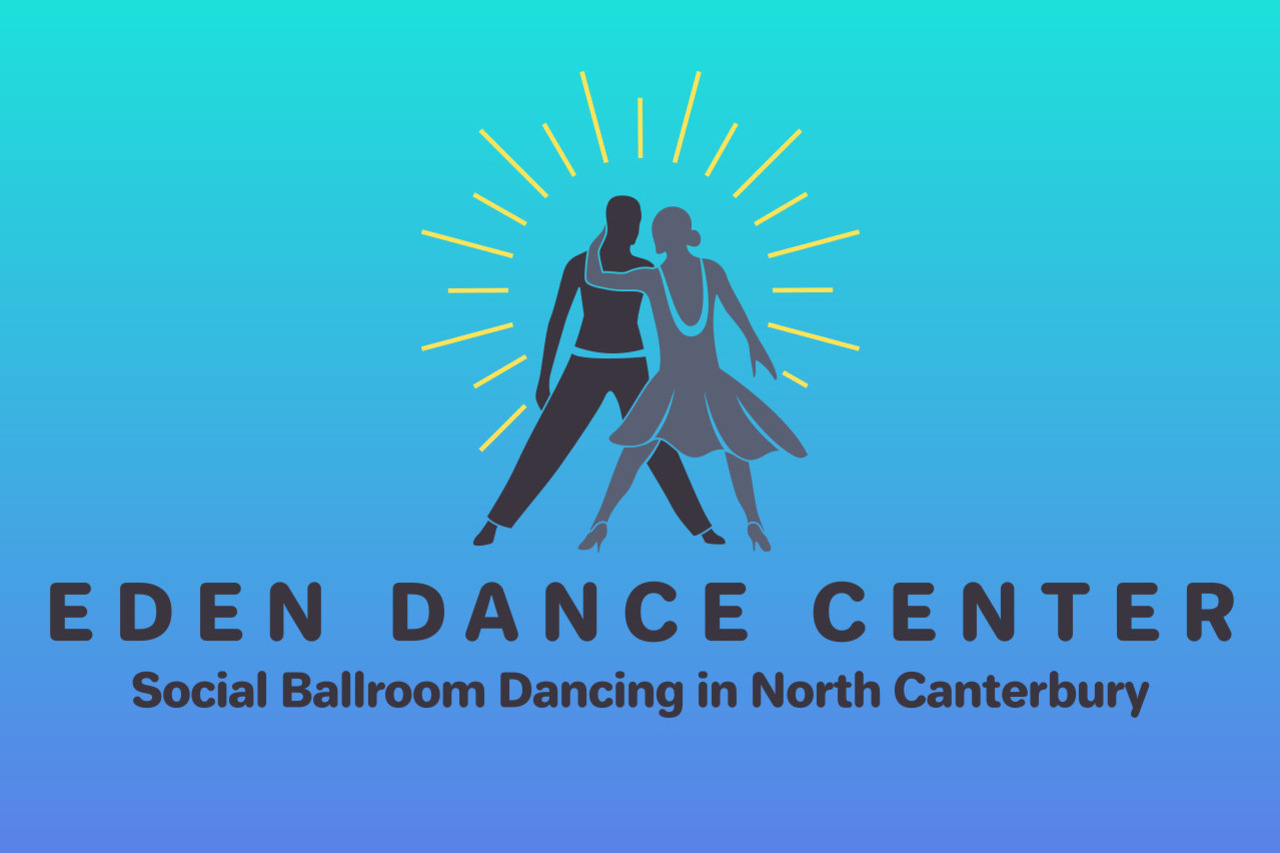The Rumba... sensual, passionate and romantic.
The Rumba is danced to 4/4 timing with 24 – 28 bars per minute and had its origin with the African Negro slaves imported into Cuba, whose dances emphasized the movements of the body rather than the feet.
It evolved in Havanna in the 19th century by combination with the European Contradanza. The name "Rumba" possibly derives from the term "rumboso orquestra" which was used for a dance band in 1807, although in Spanish, the word "rumbo" means "route", "rumba" means "heap pile", and "rhum" is of course an intoxicating liquor popular in the Caribbean, any of which might have been used descriptively when the dance was being formed. The name has also been claimed to be derived from the Spanish word for "Carousel".
The rural form of the Rumba in Cuba was described as a pantomime of barnyard animals, and was an exhibition rather than a participation dance. The maintenance of steady level shoulders while dancing was possibly derived from the way the slaves moved while carrying heavy burdens. The step called the "Cucaracha" was stomping on cockroaches. The "Spot Turn" was walking around the rim of a cartwheel.
The Rumba was introduced into the U.S.A. in the 1930's as a composite of this rural Rumba with the Guaracha, the Cuban Bolero and the Son. The British dance teacher Pierre Lavelle visited Havanna in 1947 and discovered that the Rumba was danced with the break step on beat 2 of the bar, rather than on beat 1 as in the American Rumba. He brought this back to Britain, together with the names of the many steps he learned from Pepe Rivera in Havanna. These together with dancing the break on beat 2 rather than beat 1, have become part of the standard International Cuban Rumba.
With only a transfer of weight from one foot to the other on beat 1 of each bar, and the absence of an actual step on this beat, the dance has developed a very sensual character. Beat 1 is the strongest beat of the music, but all that moves on that beat are the hips, so the music emphasises the dancing of the hips. This together with the slow tempo of the music makes the dance very romantic. Steps are actually taken on beats 2, 3, and 4. Knee straightening, weight tranfer, and turns are performed on the intervening half beats. Again, as in the Samba, the weight is kept forward, with forward steps taken on the toe, and the torso movement kept very flat.
|
© Copyright Ballroom Dancing NZ
- Site map
|
